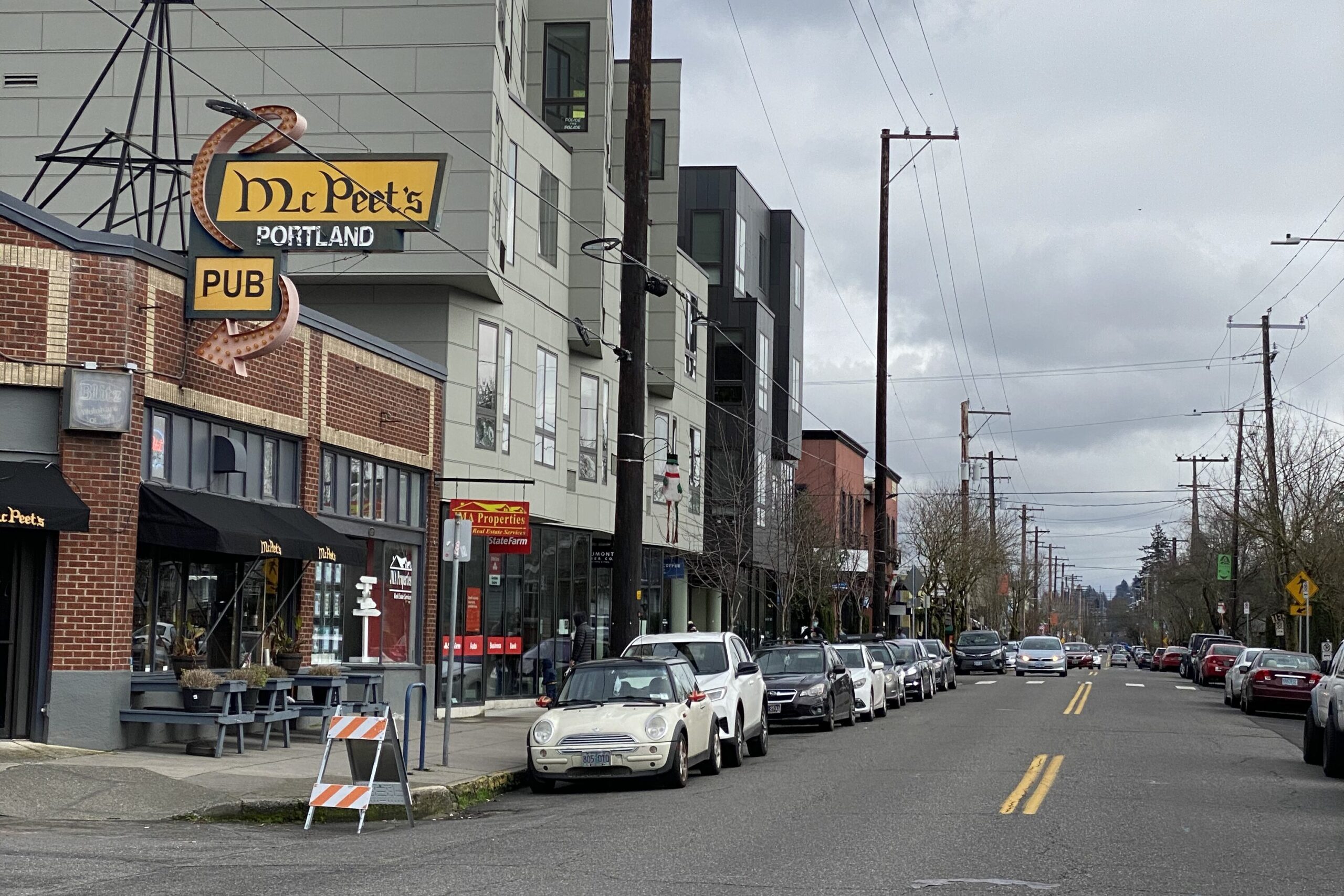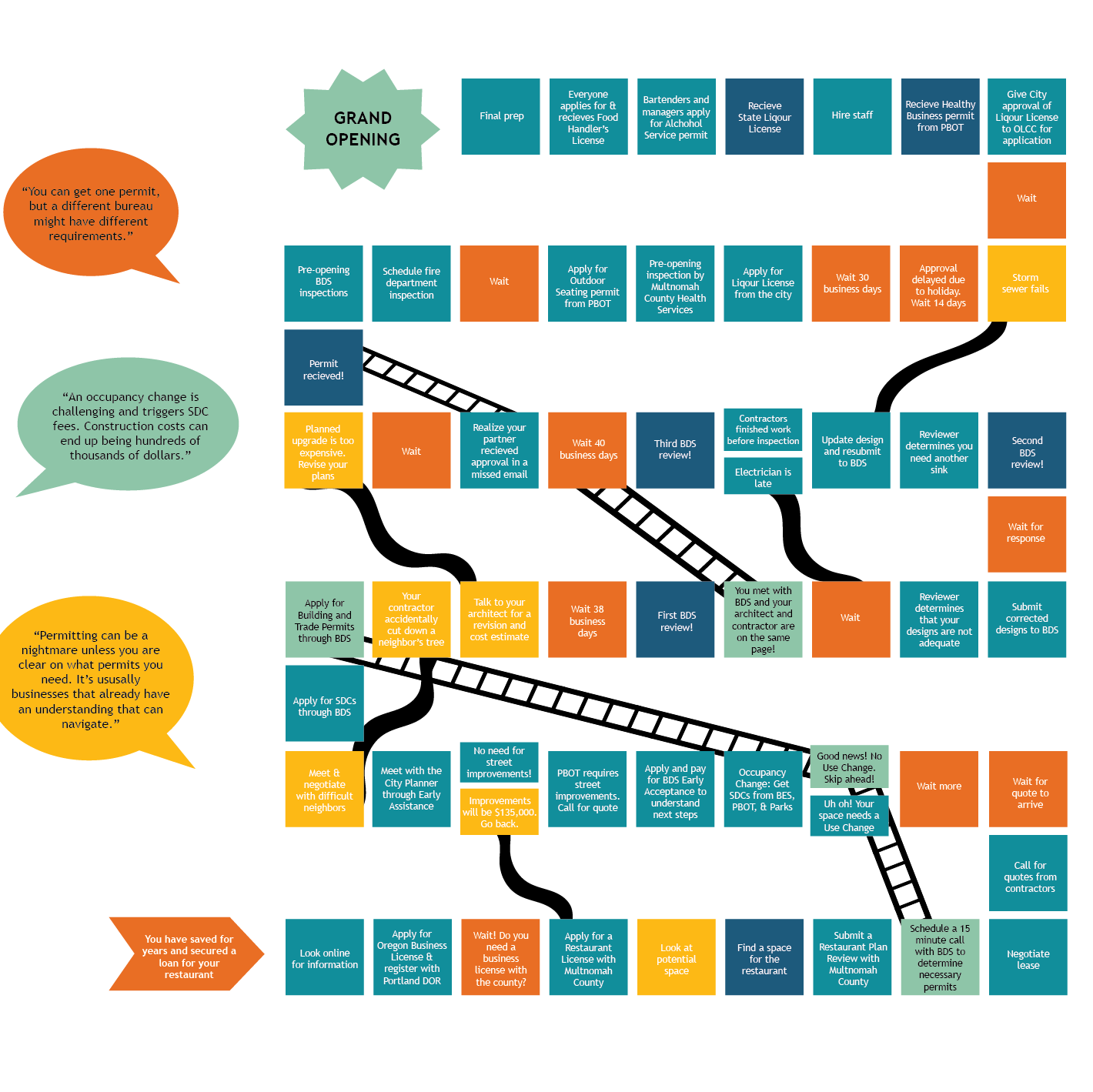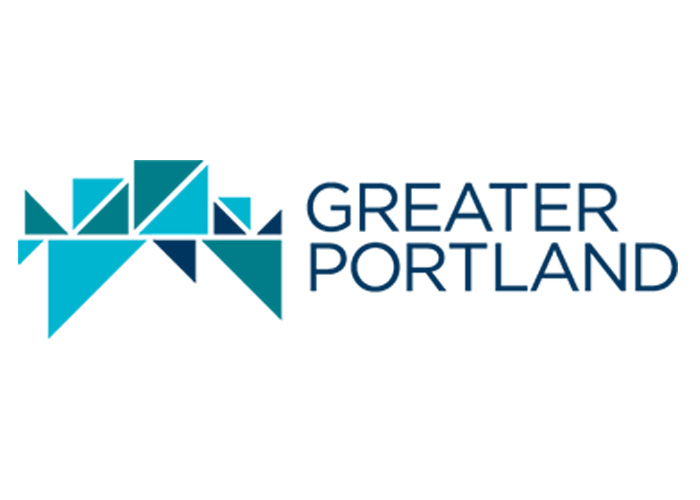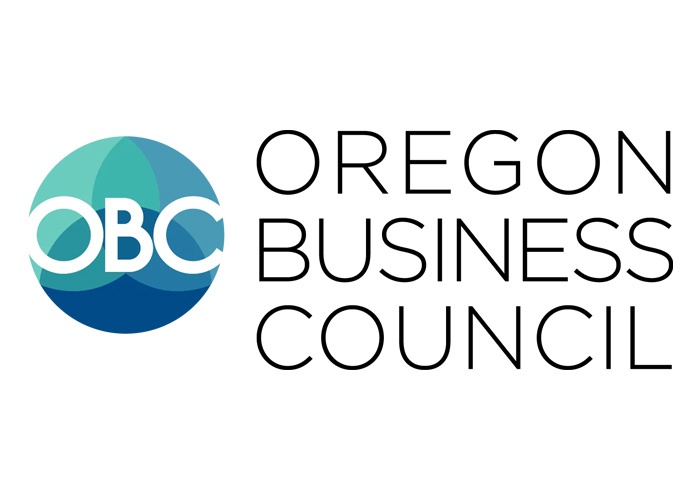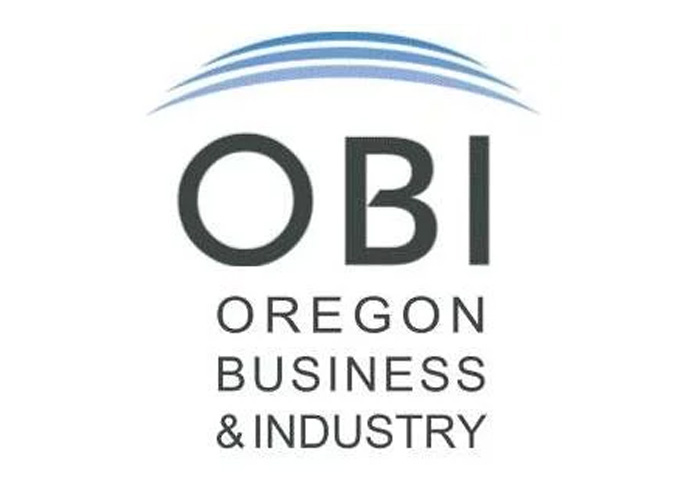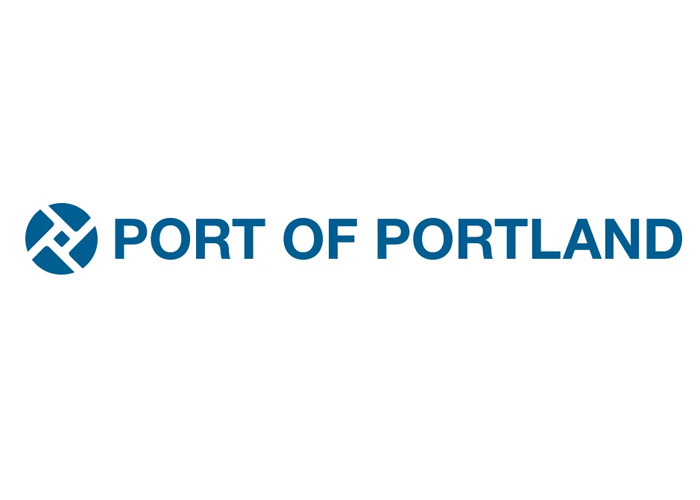What the data shows
* NOTE: In this report, the Portland region refers to the Metropolitan Statistical Area (MSA) of Portland-Vancouver-Hillsboro, OR-WA, except where otherwise noted. Metrics also compare the Portland region to other metropolitan “peer” regions. These comparator regions were selected and based on a number of indices found in the U.S. Census Data. Data and analysis provided by ECONorthwest.
When we look at the full metro area Portland is performing well compared to its peer cities.
Portland has the largest share of employees who work for small businesses among peer cities. At 28%, it exceeds the national average and significantly surpasses metros like Salt Lake City or Indianapolis. This reflects Portland’s vibrant small business ecosystem and relative lack of large anchor employers. See Figure 1.
Portland fares relatively well in supporting women entrepreneurs – its share is 5% above the national average and second only to Seattle among peers. But there is still room for improvement as this is still under the proportion of women in the metro region. See Figure 2.
Only 16% of Portland’s small businesses are minority-owned, below the national rate and trailing metros like Seattle and Austin. The gap to total population is small compared to peers but indicates room to improve. See Figure 3.
Small Business Growth in Multnomah County
From 2017-2022, small business establishments in Multnomah County grew by 2,330, reaching over 25,500 total establishments. Microbusinesses (1-5 employees) powered this growth, increasing 10% and employing 6.8% more people. Small businesses have proven resilient and essential to Portland’s economy. See Figure 4.
Small businesses employ over 35% of Multnomah County’s workforce – that’s one in three workers. And their share is growing. Small business employment jumped the most in 15 years, from 32.7% to 35.1% in 2022. Small businesses also pay nearly one-third of all wages countywide. See Figure 5.
Professional services, healthcare, and restaurants are the top industries for small businesses in Multnomah County. Professional services led with 4,716 establishments in 2022, followed by 3,490 in healthcare. Notably, though fewer in number of businesses, accommodation and food service employed the most workers at 23,399. See Figure 6.
Microbusinesses dominate professional services and healthcare, composing roughly 75% of establishments. Meanwhile restaurants had the highest share of small businesses with 6-50 employees. See Figure 7.
Minority-owned small businesses are slightly more concentrated in firms with 1 to 9 employees. There may be barriers for small firms to grow at certain points in their development, including funding needs and operational challenges. See Figure 8.
Across the United States there was a spike in business formation during the pandemic that has continued into 2022. In Multnomah County small business establishment growth peaked in 2021 at 40% above 2008 establishment levels. Small businesses showed agility, growing rapidly in 2020 while large firms contracted. This resilience demonstrates the importance of nurturing our small business ecosystem. As more women and entrepreneurs of color start businesses, it’s critical to support microbusinesses where they are concentrated. Doing so will strengthen Portland’s economic comeback. See Figure 9.
Looking at wages, the gap between those who work for large businesses and small businesses has shrunk in recent years. The gap is now only $12,864, with the average for larger businesses being $77,748 and those for small business being $64,884. See Figure 10.
Though small business employment has grown since 2016, 52% of microbusinesses (1-5 employees) have closed in that time. It remains hard to sustain a small business. The net job gain is driven by an estimated 10,375 microenterprises opening in the past six years, compared to 7,586 closures. With support to improve access to credit and streamline processes, more new small businesses could survive and grow. Targeted assistance could strengthen Portland’s small business community. See Figure 11.
A key challenge for minority-owned businesses is securing financing, which constrains entrepreneurs’ abilities to start and grow due to historical disparities in wealth and capital access in the United States. See Figure 12.
Supporting Portland’s Small Business Ecosystem
The public sector worked tirelessly during the pandemic’s peak to support small businesses, supplying direct relief and easing restrictions like outdoor seating requirements. As the crisis recedes, it’s worth continuing to explore opportunities to improve the relationship.
Navigating the Permitting Process
Permitting poses a common obstacle for Portland’s microenterprises. For demonstration purposes, we used a new Portland restaurant as the sample business. While regulation can provide vital protections, it also can create a level of bureaucracy that can overwhelm newcomers.
